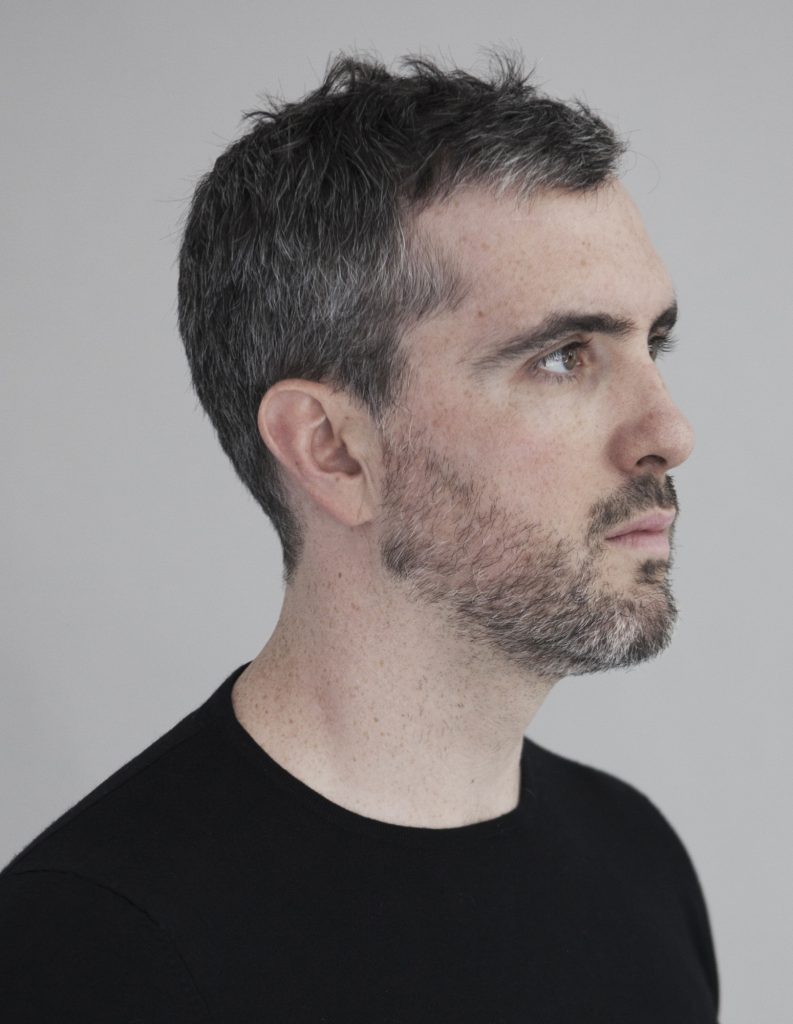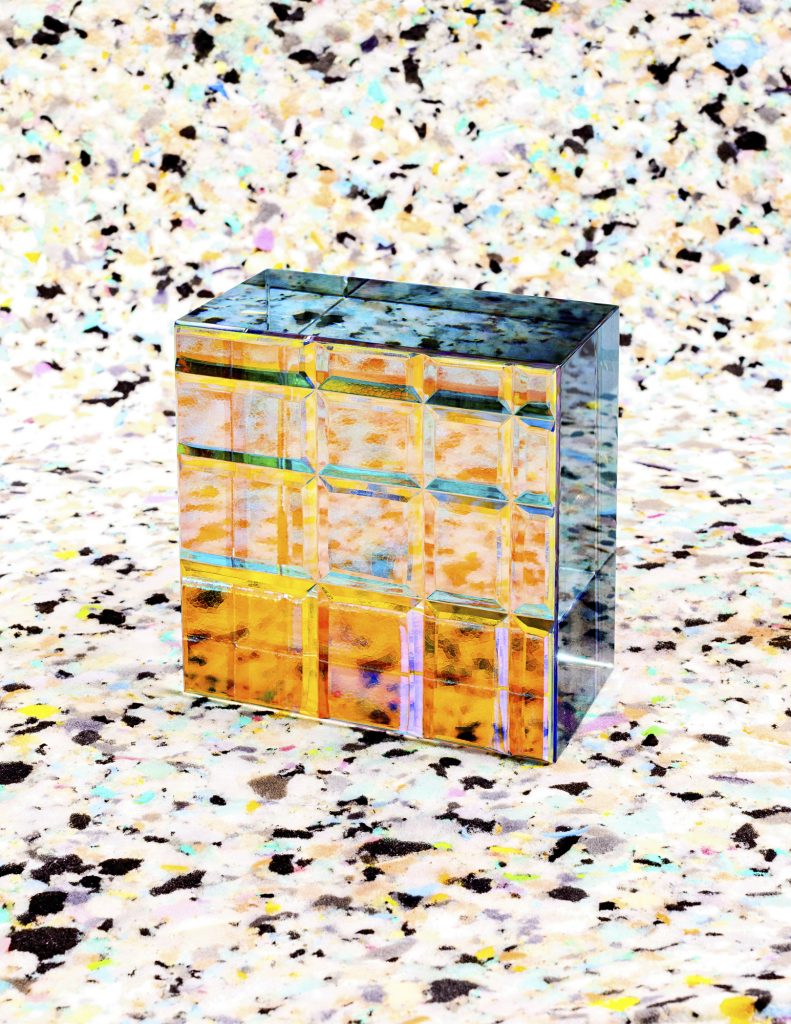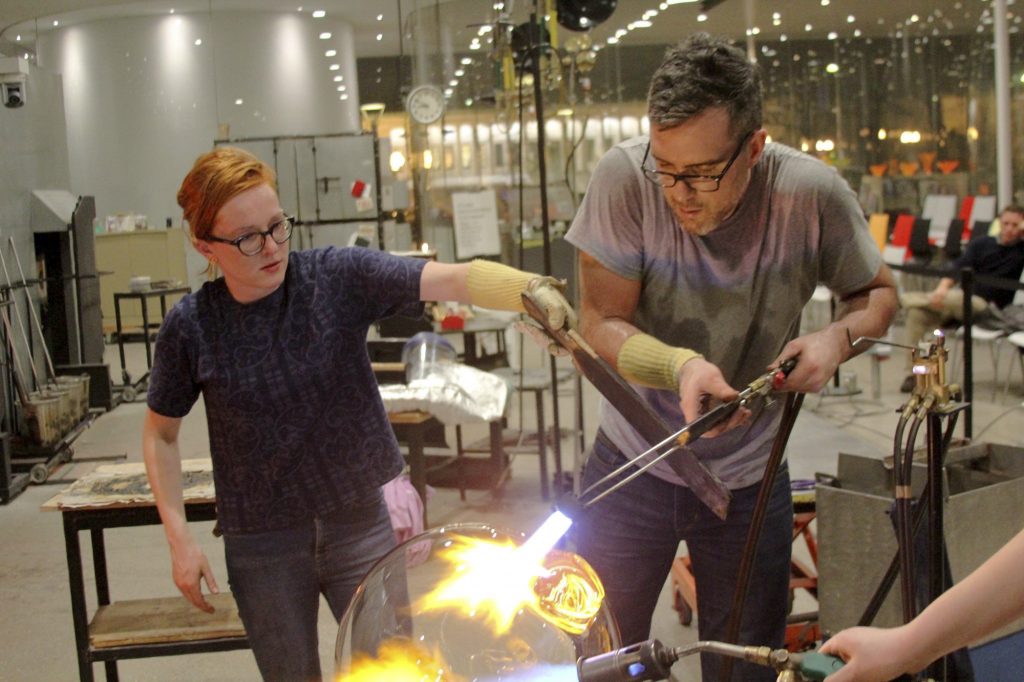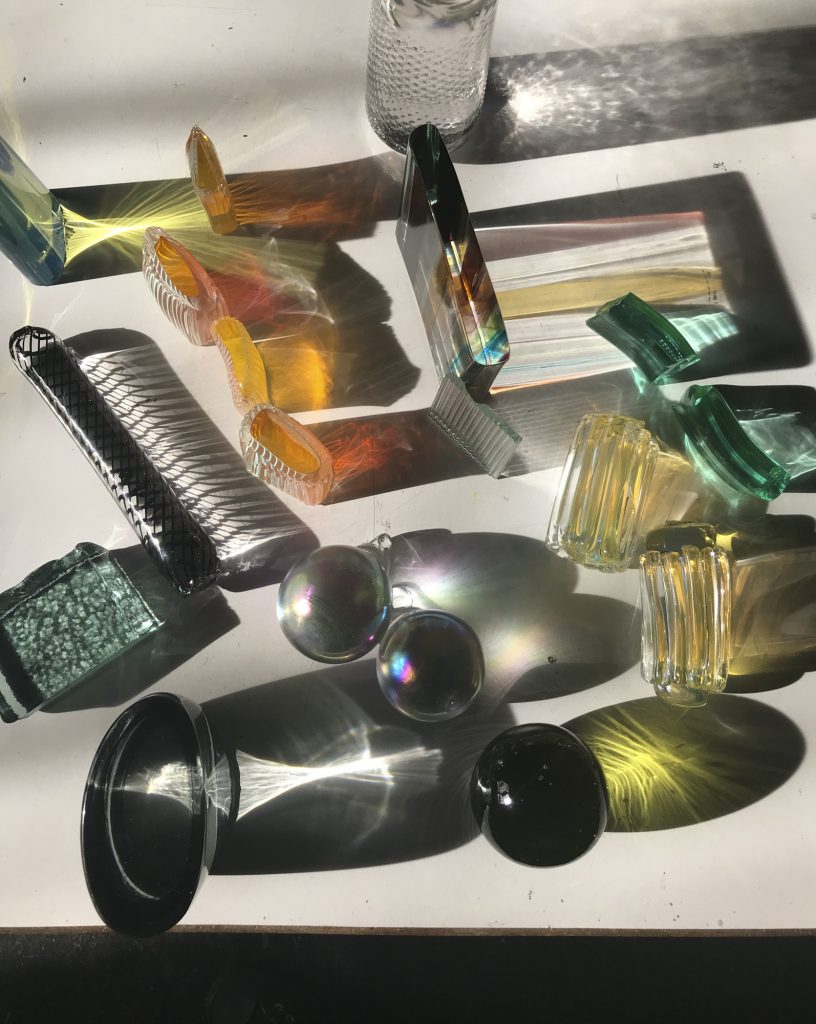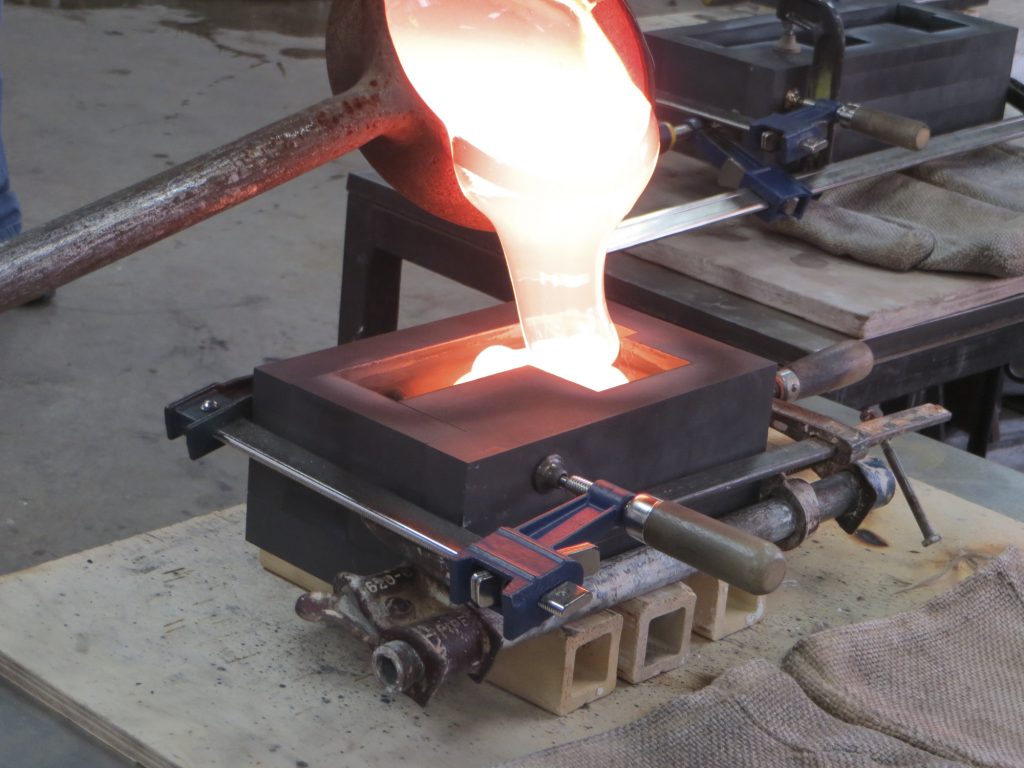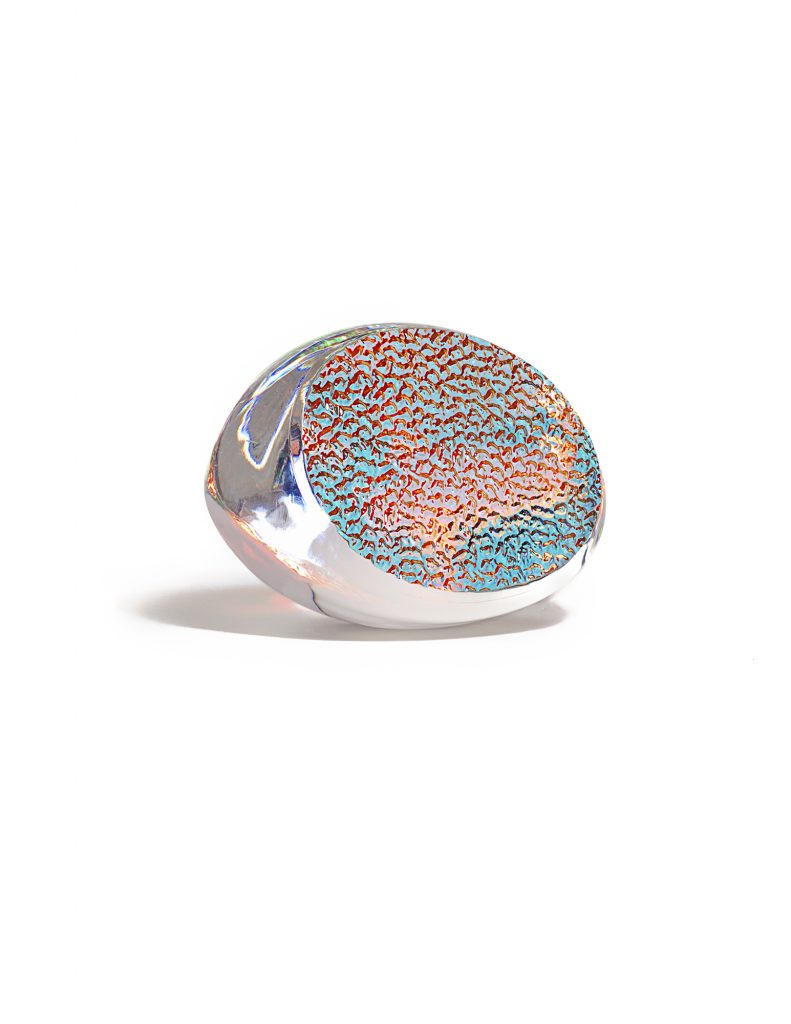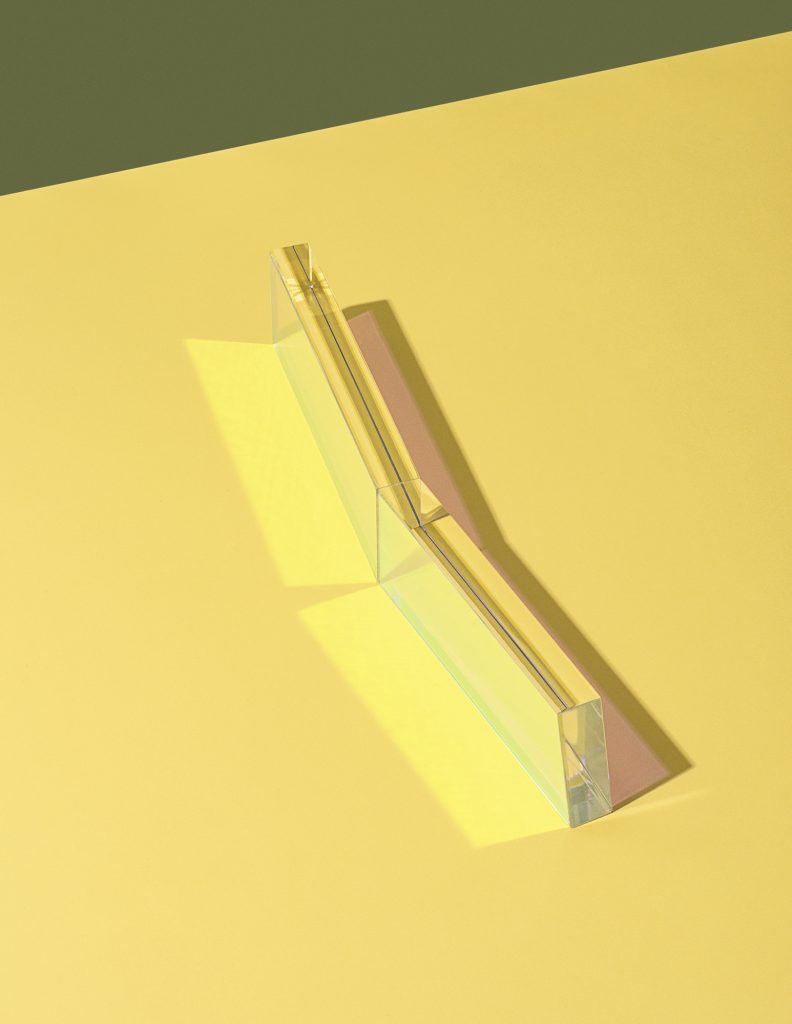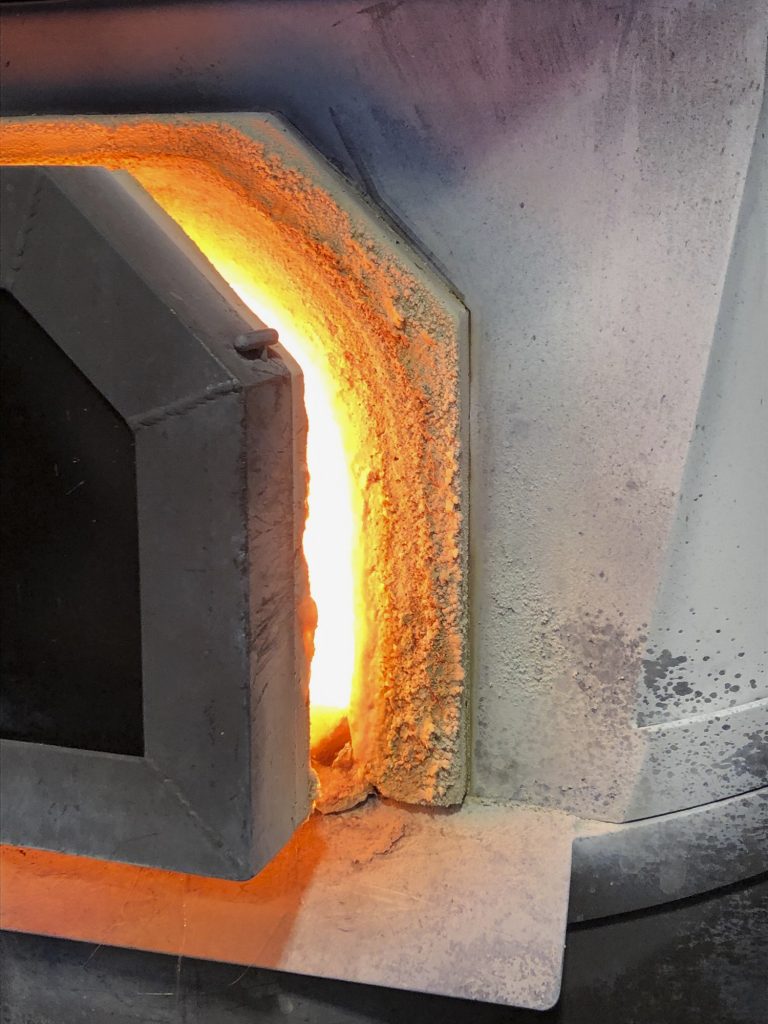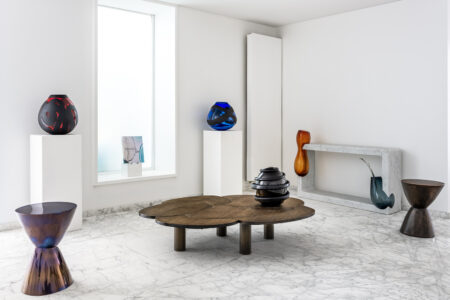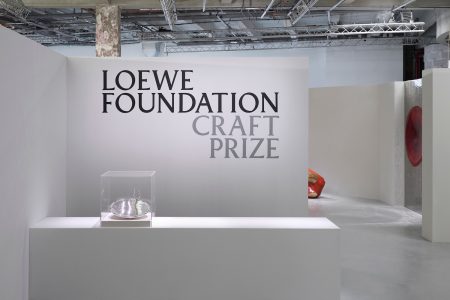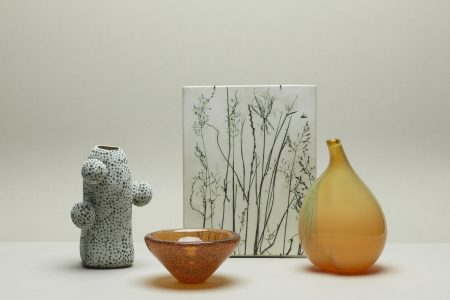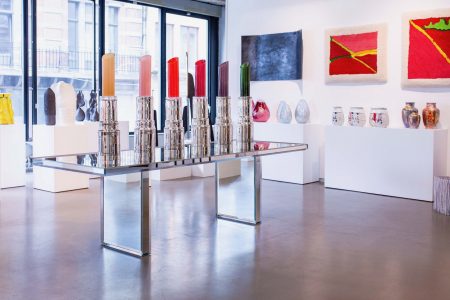John Hogan: Abstract and Luminescent
TLmag catches up with visual artist John Hogan, whose iridescent glass sculptures seem almost as though they are from a different universe.
The day before I got in contact with artist John Hogan I read the news that mining on the moon might start as early as 2025. While I found this fact frankly depressing, it did make me think of Hogan’s glass objects. For they too have an out-of-the-world quality, a strangeness that belies their undoubted beauty. Hogan uses a kiln and hot sculpting in his practice, working from his Seattle studio to produce glass for both gallery and design-led projects. Of course the extra-terrestrial minerals that are in the sights of lunar explorers probably won’t actually have the same shimmering, iridescent, quality of these earthly artworks. Sometimes the best things are closest to home.
TLmag: How did you first get into glass design?
John Hogan: I grew up in Toledo, Ohio, the birthplace of the studio glass movement in America. My childhood home was next door to a small glass studio and I started making glass when I was 15 at the Toledo Museum of Art. I am an artist first and found design more recently. Glass is a craft-based so the approach as you learn is very much process and function driven. The longer I have been working with glass the simpler the designs have become and the more the work and approach has focused on light.
TLmag: You’re a fan of Czech glass artists, Stanislav Libensky and Jaroslava Brychtova. Can you tell us a little about their work, how you came to it, and what it is that inspires you?
JH: Libensky / Brychtova were pioneers in large scale and kiln-cast glass making. The Czechs in general are incredible craftspeople and engineers and formative in the most contemporary approaches to art glass. Libensky was a visionary and his understanding of light and physics is apparent in his drawings and writings. Brychtova is a master builder and ceramicist and was responsible for the engineering and mould development. Their partnership is a true example of the power of collaboration as neither would have made the work without the other. Her interpretations and engineering of his initial concepts and the conversations that they would have to develop final designs really pushed my interest in making collaboration a big part of my life as a creative. Their approach to using glass as a lens rather than simply an object and the potential to use modular design in glass to reach monumental scale has also been important to me.
TLmag: You’ve collaborated with several contemporary design studios. Do you approach these projects differently than when your working on more gallery-based work?
JH: My approach to the glass is similar when I work on any project but the approach to the different personalities is what changes. Each designer has their own priorities and communication styles and I find that to be both the most challenging and the most exciting parts of collaborating. At the end of the day I’m always learning from the collaborations, both about design and about myself.
TLmag: What project has been one of the biggest challenges?
JH: The piece with MOS for the Chicago Biennial in 2017 was a totally new direction for my work. It is through partnerships with specialists in other fields that I’m able to push my ideas into totally new places. The idea here was to imagine a building that is made as much as possible from glass: relying on the glass to do a lot of the structural and load-bearing work. The challenge for me here was to engineer a process that was efficient enough to produce this quality, and scale of work in the time allotted. We came to a design and production methodology that I believed in theory should work but we had to take a bit of a leap of faith in deciding to go for it. Michael Meredith and Hilary Sample at MOS are perfect collaborators for this type of project because they are constantly pushing projects that require a certain amount of optimism to realise.
TLmag: Have you got any (so far!) unrealised ambitions for your work?
JH: Cosmology is a huge inspiration for me in life and for my work, it would be great to work with NASA on a project someday.
This article was originally published in TLmag 32: ‘Contemporary Applied’. Get the full print or digital issue here.
Cover Photo: © Amanda Ringstad
